WAYNE THIEBAUD (1920-2021)

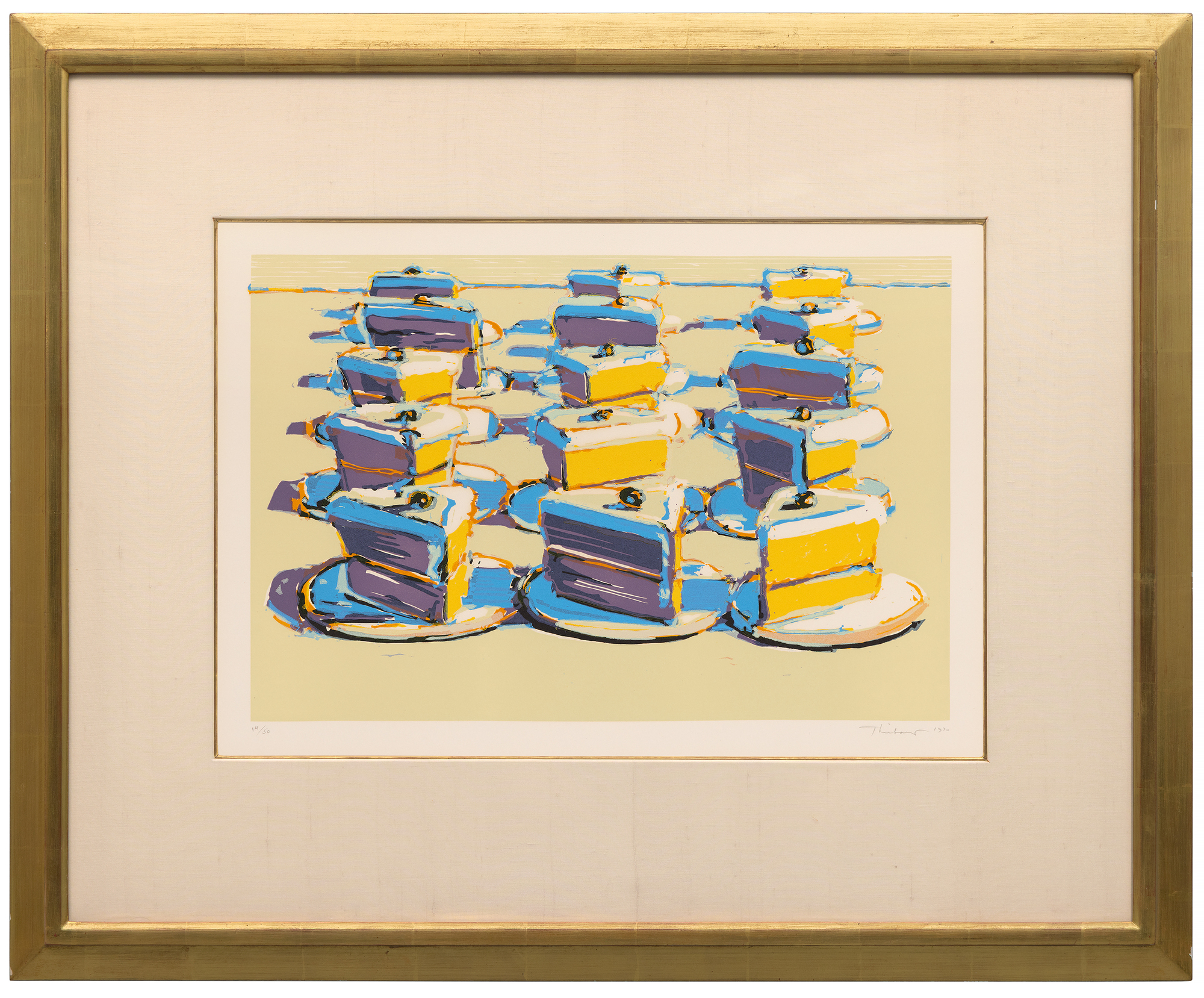
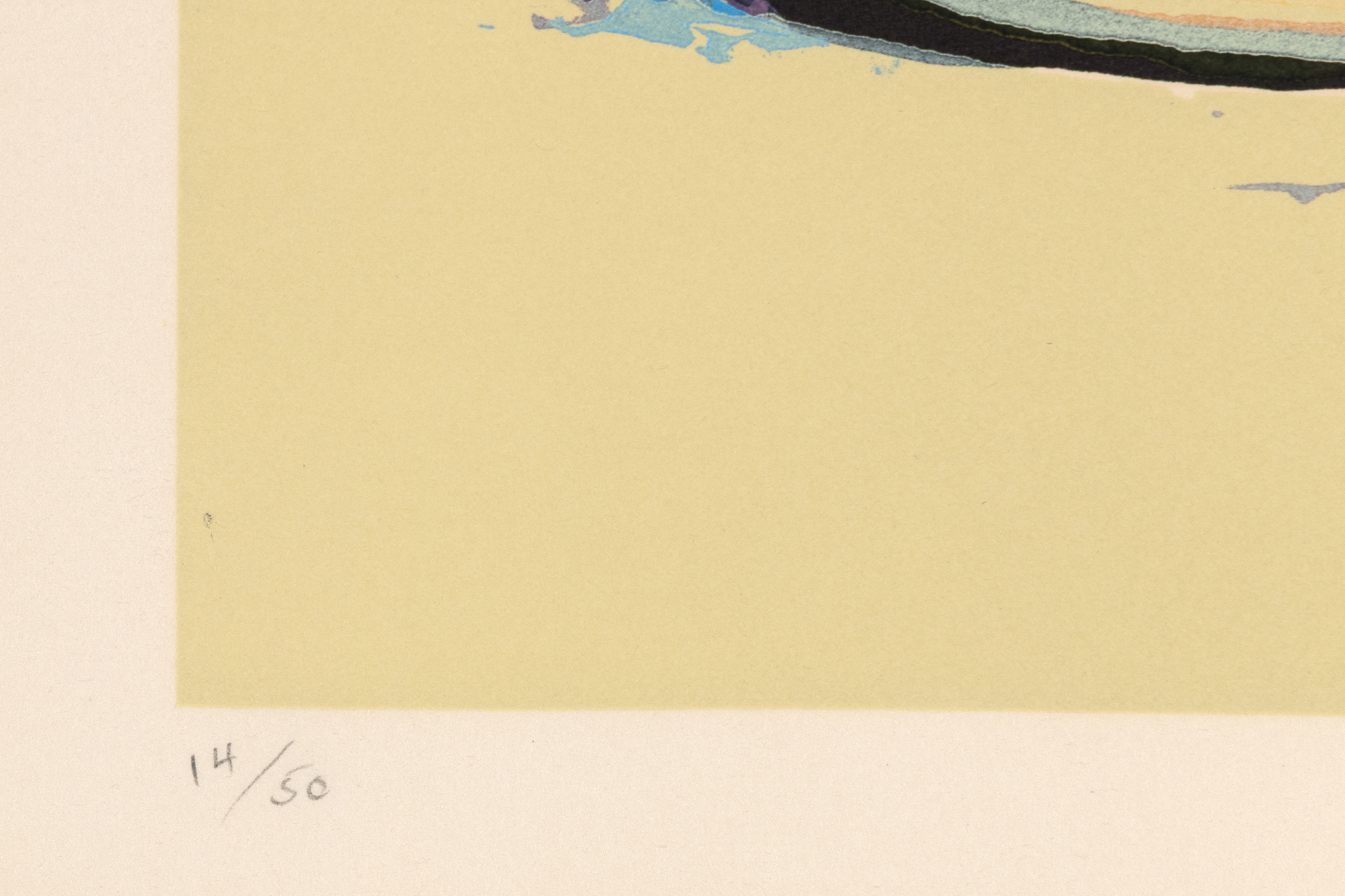


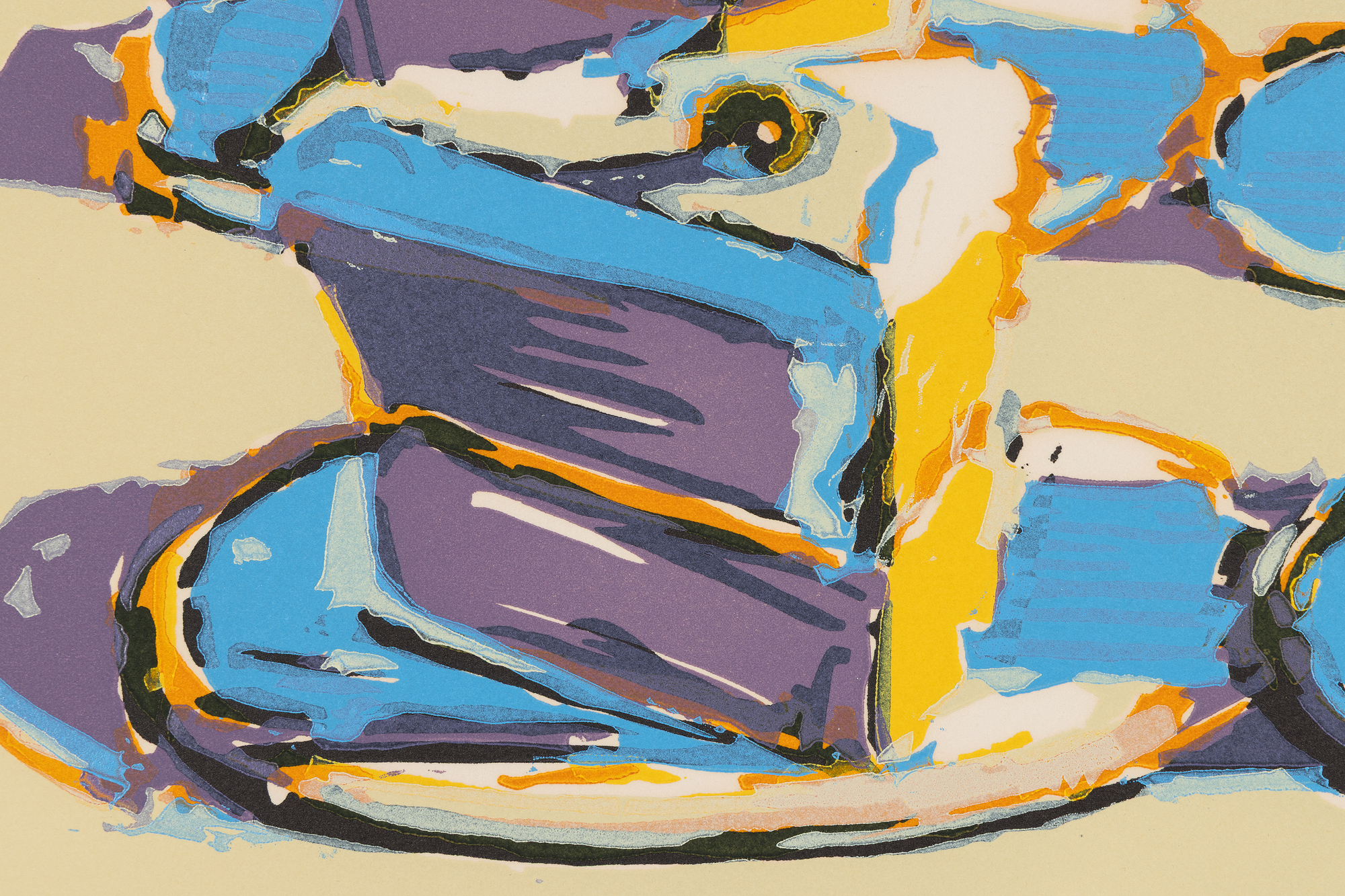
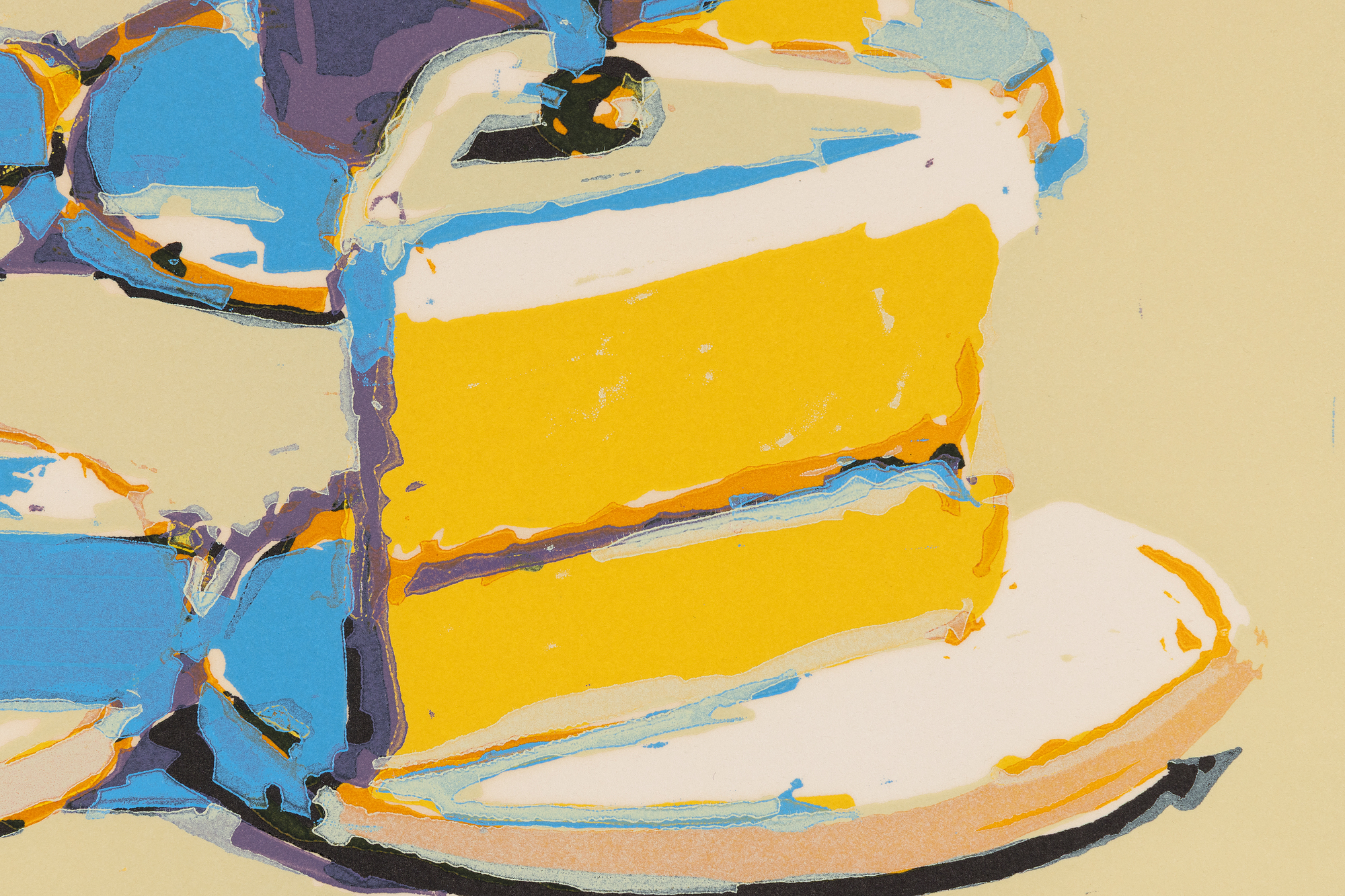
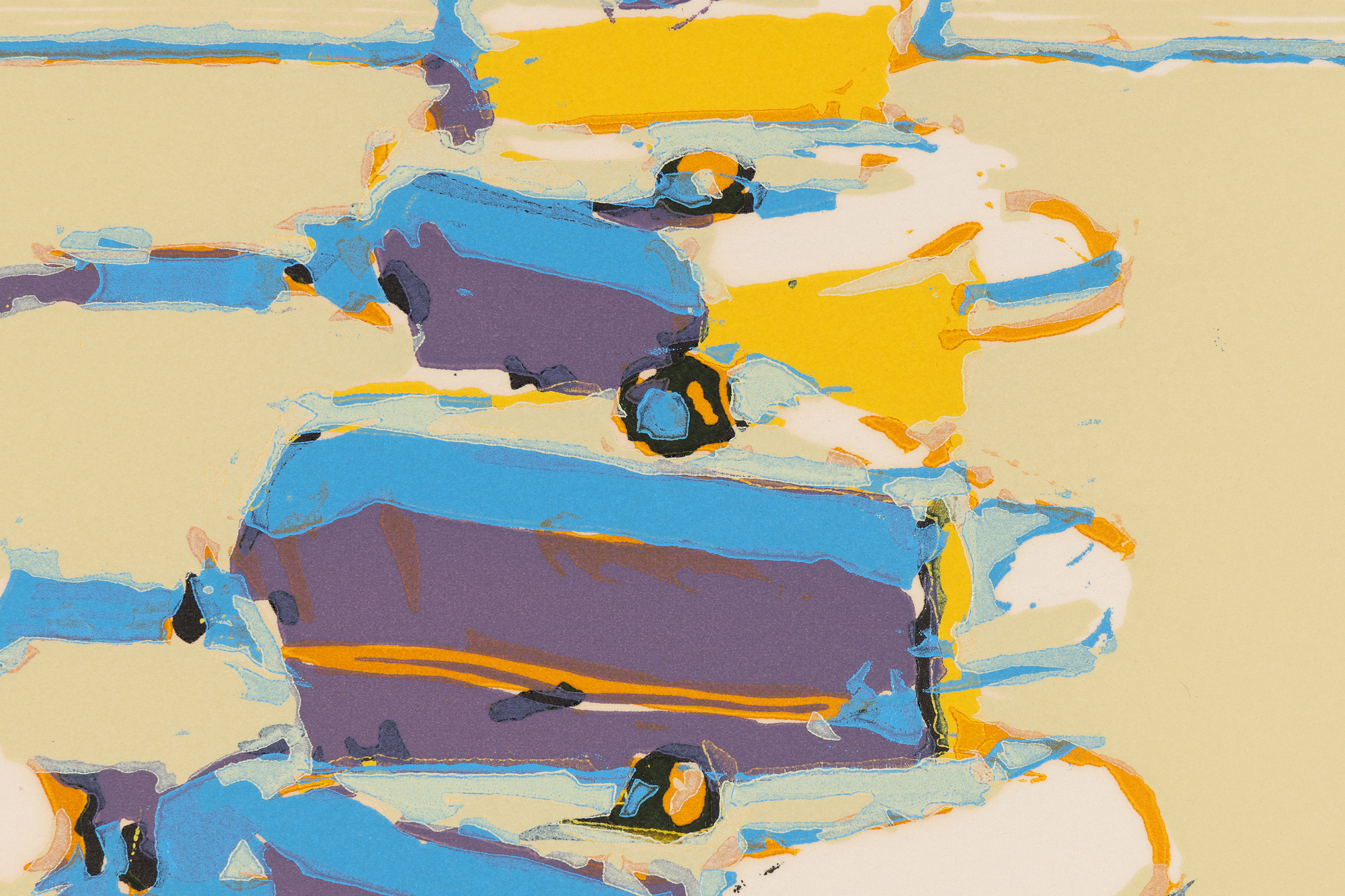
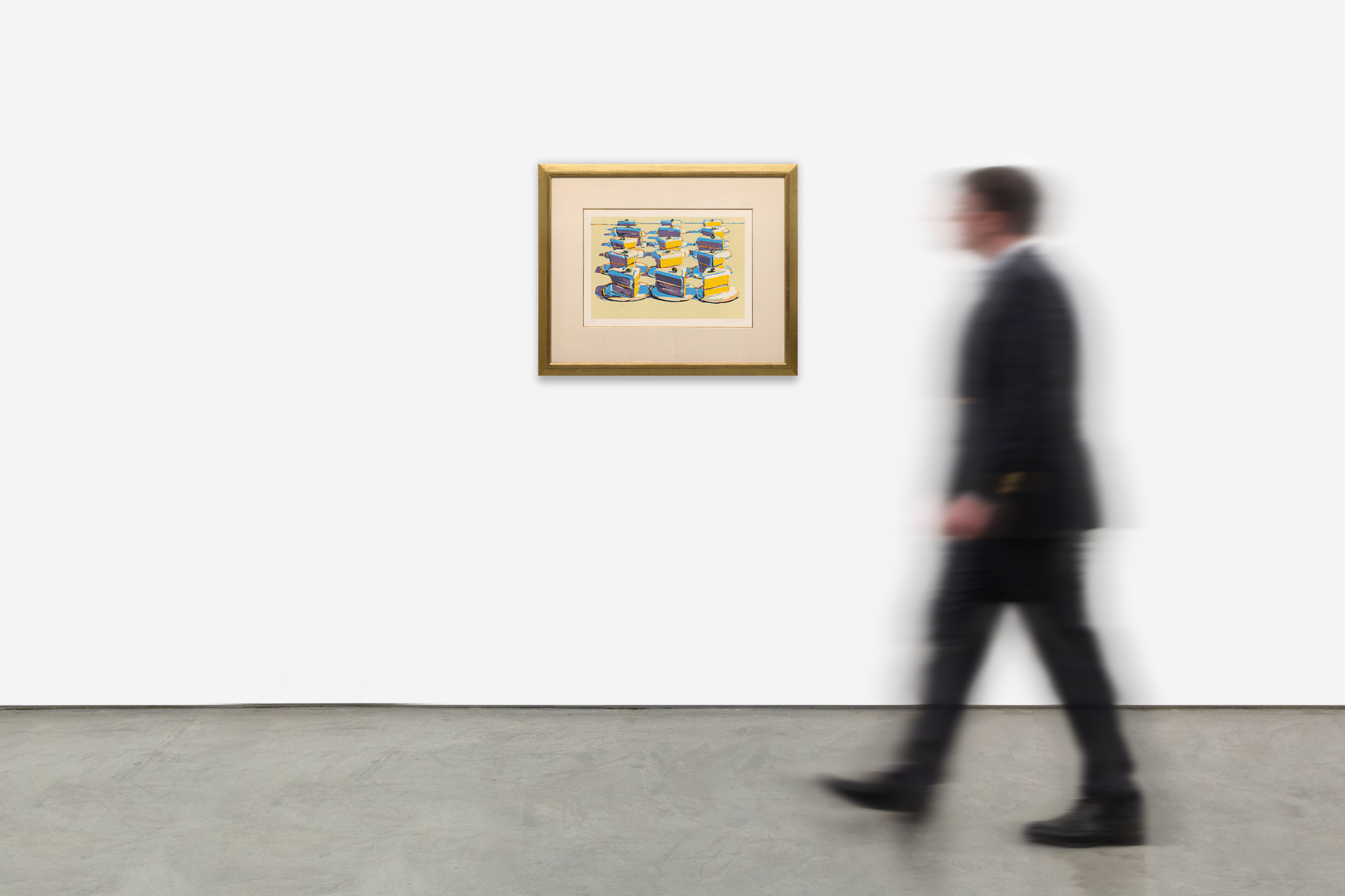

Provenienz
Galerie John Berggruen, San FranciscoPrivatsammlung
80,000
Dekadente Reihen von mit Schokolade überzogenem Gebäck werden in sauberer Abfolge präsentiert, die die Logik von Bäckereiauslagen widerspiegeln und gleichzeitig ein vertrautes Konfekt in eine kulturelle Ikone verwandeln. Innerhalb der scheinbaren Gleichförmigkeit tauchen subtile Variationen in Kontur, Textur und Schattierung auf, die dazu einladen, die Individualität jeder Form genau zu betrachten.
Das Bild ist in hellen, pastellfarbenen Grundtönen gehalten, die von satten Braun-, Gelb- und Cremetönen abgesetzt werden, und veranschaulicht Thiebauds charakteristische Verwendung von Farbe, insbesondere seine Schatten, die mit unerwarteten Blau- und Violetttönen durchsetzt sind. Diese Farbwahl verleiht gewöhnlichen Motiven Lebendigkeit und ein Gefühl von Licht und erhebt sie zu Objekten der Kontemplation.
Boston Cremes ist zugleich nostalgisch und kritisch und spiegelt die Auseinandersetzung des Künstlers mit der amerikanischen Konsumkultur und seine charakteristische Balance zwischen Realismus und Stilisierung wider. Indem er vertraute Süßigkeiten in dauerhafte Symbole des amerikanischen Lebens verwandelt, weckt das Werk Erinnerungen und stellt gleichzeitig die Grenzen zwischen bildender Kunst und populärer Bildsprache in Frage.


